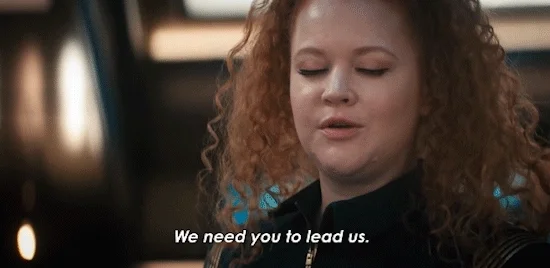
This logo isn't an ad or affiliate link. It's an organization that shares in our mission, and empowered the authors to share their insights in Byte form.
Rumie vets Bytes for compliance with our
Standards.
The organization is responsible for the completeness and reliability of the content.
Learn more
about how Rumie works with partners.
Directive vs Supportive Behaviors
Each of the 4 leadership styles uses the ideal combination of directive and supportivebehaviors to help each person succeed in a specific situation.
 Directive Behaviors
Directive Behaviors
Decide
Teach
Observe
Feedback
 Supportive Behaviors
Supportive Behaviors
Listen
Involve
Facilitate
Encourage
1. Directing
As the name implies, this leadership style requires more direction than support.
When to use it
Joe is very experienced at his job. However, you assign Joe a new task for the first time. He needs more direction to get started while he develops the confidence to make decisions on his own.

What to do
Show Joe how to complete the new task.
Monitor how well Joe completes the task.
Provide frequent feedback to help Joe grow his skills and build confidence.
Quiz
Check all the situations when you would use Directing leadership.
Regardless of their level of experience and expertise, when someone is doing a new task for the very first time, they need more direction to build confidence and get it right.
2. Coaching
This leadership style requires a lot of direction and support.
When to use it
Kai is frustrated with a newer task that she's done before. She's not motivated because she's afraid of messing up. She needs both direction and support to gain experience and confidence.
What to do
Give Kai specific instructions to complete the task AND explain why she's doing it.
Get Kai involved by asking her for suggestions when making decisions.
Give Kai praise when she gets it right and feedback to get better.
3. Supporting
As opposed to directing, this leadership style requires more support than direction.
When to use it
You assign Paul a task he has done many times. He knows what he's doing, but he lacks confidence that he can do it well, which affects his motivation to get it done. He needs your support to motivate him and build his confidence.

What to do
Tell Paul what the goal is, but there's no need to spell out how to get there.
Brainstorm with Paul how to do the task, but listen more to his ideas.
Encourage Paul along the way and tell him you know he can do it!
Quiz
Check all the situations when you would use Supporting leadership.
When someone has done the same tasks every day, or is presenting on a project they've owned, they know what they're doing and need only reassurance and support to keep going. However, if they've only done the task a few times, they may lack the confidence to do it alone and may need more direction or coaching from you. Once they're owning projects, they need the space to shine! Your feedback will make the project even better and validate that they're doing the right thing.
4. Delegating
This leadership style requires little direction or support.
When to use it
Mel is experienced and has done this task lots of times without making mistakes. She's confident she can do it and committed to doing a good job. She doesn't need much from you.

What to do
Tell Mel the goal and let her shine.
Give Mel lots of praise to show you value her contributions.
Support Mel's growth by giving her more challenging projects.
Quiz
You assign Mel a new task. She's done it a few times but is struggling with it. Which leadership style would work best to help her?
Even though Mel is very experienced in her career, situational leadership styles are about adapting to the task. In this case, with a new task she'll need a bit of coaching to help her succeed.
Take Action

Don't lead everyone the same way. Use the right amount of direction and support for each person and situation to help them succeed.
This Byte has been authored by
Kitzzy Avilés
Instructional Designer, Leader and Facilitator
Master's Degree

